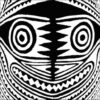Lower Sepik Figures
Kandimbong
Kandimbong or Lower sepik figures are anthropomorphic sculptures that range in size from 8cm small charm-like figures to life-sized representations. These figures are carved from both softwoods and hardwoods. The figures represent important ancestral beings, such as clan founders, ancestral culture heroes. The creation of kandimbong figures follows specific ritual practices to ensure that they are imbued with maneng, a magical efficacy that allows the spirit within the figure to communicate with the living or induce a trance. For many collectors size matters but these charming sculpture big or small are a joy onto themselves.
Old examples are collectable but for every old figure there are probably 10 later 1960’s onwards made for sale tourists pieces. In the images I have selected pieces I consider likely made for indigenous worship. Buy seeing what they should look like hopefully fellow collectors can know what to look for.
If you have what you believe to be a lower Sepik sculpture and want to know if it is made for sale piece or made for indigenous use please feel free to email me some images and dimensions.
Introduction
There are three main categories of kandimbong figures: large figures (nimbero kandimbong), medium-sized figures, and small charm figures.
Despite the variation in size, kandimbong figures share certain visual traits. Most are painted with waikor, a mixture of ochre, blood and oil, which develops a glossy, rust-like patina over time. The head of the figure is often oversized and features a conical cap that represents a fibre coif or traditional headwear known as kauk. The cap gives the figure the appearance of an elongated head, symbolizing status. In smaller figures, animals, birds, and fish may be intricately carved on top of the head, representing the spirit’s connection to certain “canoe-body” animals.
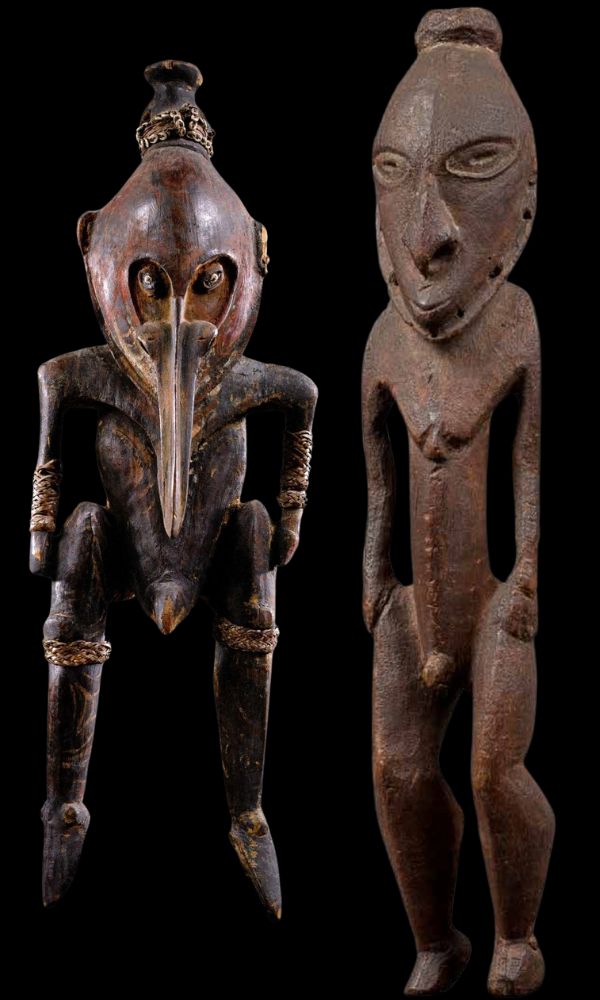
Style
The legs and arms of kandimbong figures are treated differently. The legs are often exaggerated and stocky, symbolizing strength and power, while the arms are simplified and less emphasized. In some figures, the hands are depicted as clasping the thighs. The chest and shoulders of the figures are sometimes decorated with incised patterns (taganap sigia), which can represent initiation marks or clan identity. These patterns may vary greatly and often include images of animals and fish, reflecting the spirit animals associated with the figure.
Other common features of kandimbong figures include large disc-shaped eyes, inset with small shells, and finely modeled noses with flaring nostrils. Many of these statues are covered in red ochre paint, a color with both symbolic and ceremonial importance.
Color plays an important magical role in the creation of these statues. Bright yellow and orange ochres were traded from the Lake Chambri area, while white was derived from crushed and burned shells. These colors were not chosen randomly; they were imbued with magical and spiritual significance, linking the statues to supernatural forces.
One sculpture in watam Village for example was painted with the mixture of ochre and blood from a Human sacrifice raided specifically for the purpose from Manum Island.
The figures are treated with great respect and are regularly decorated with shell adornments and offered food, betel nut, and tobacco to ensure the spirit’s continued goodwill. The kandimbong figures can also act as spiritual protectors for canoes. During a ceremonial canoe launch, one of these figures is chosen and placed in the canoe to protect it during the journey. The figure is ritually fed and ceremoniously placed in the front of the canoe to guide it safely.

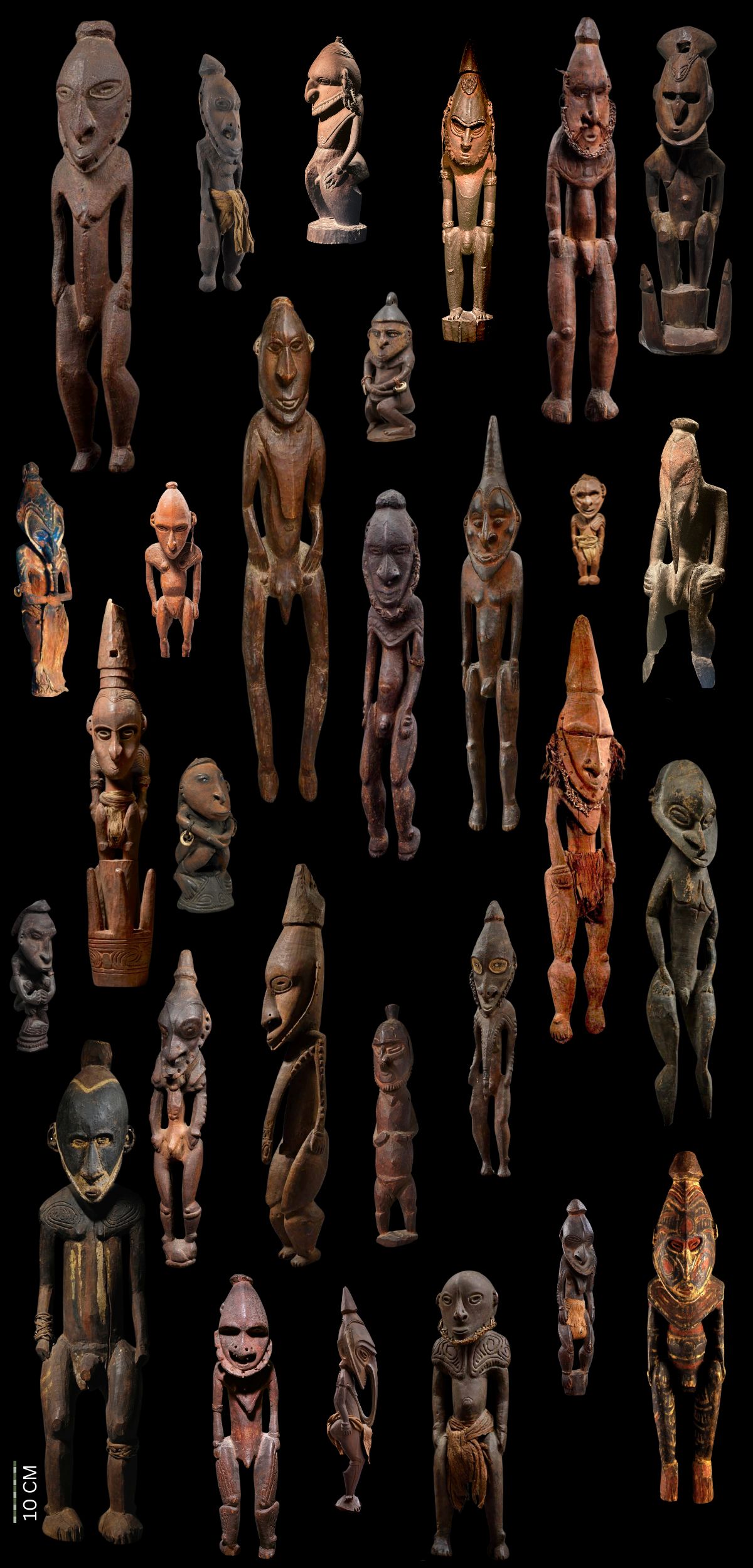
Lower Sepik Sculpture Types
The largest kandimbong figures Nimbero Kandimbong are placed in cult houses against a central pole. Typically these figures represent clan ancestors or mythological figures. They are characterized by more naturalistic noses and sometimes feature carved representations of pearl-shell nose decorations (pauk). The presence of these figures helps connect the living to their ancestral spirits. These figures are the property of the clan or more specifically the Mens house in which they reside.
The second category of kandimbong figures is smaller and often kept in domestic houses. These figures are similar in nature but may depict spirit beings or deities, with some featuring long, pointed noses.
A particularly notable feature in some smaller kandimbong figures is the extension of the nose, which may connect to the groin or extend downward into a point, often terminating in the shape of a snake’s head. The snake, known as wakun kombitok, is symbolic of aggression and sorcery. These figures are likely linked to initiation events or ritual practices such as the nimbero gar, where young men wear spiritually charged loincloths and undergo seclusion near the kandimbong figures during their initiation.
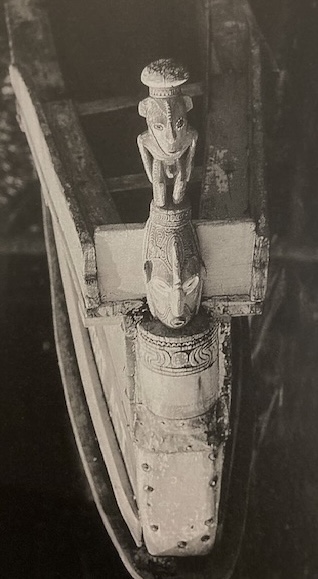
Lower Sepik Charms
The smallest figures are amulet-like charms known as brag. These figures are typically kept by individuals as a form of magical protection and are worn around the neck attached to a bag or tied into the beard. They are believed to have specific powers, such as enhancing hunting or fishing abilities or controlling the weather. These charms can also be carved as a minature mask and serve the same purpose.
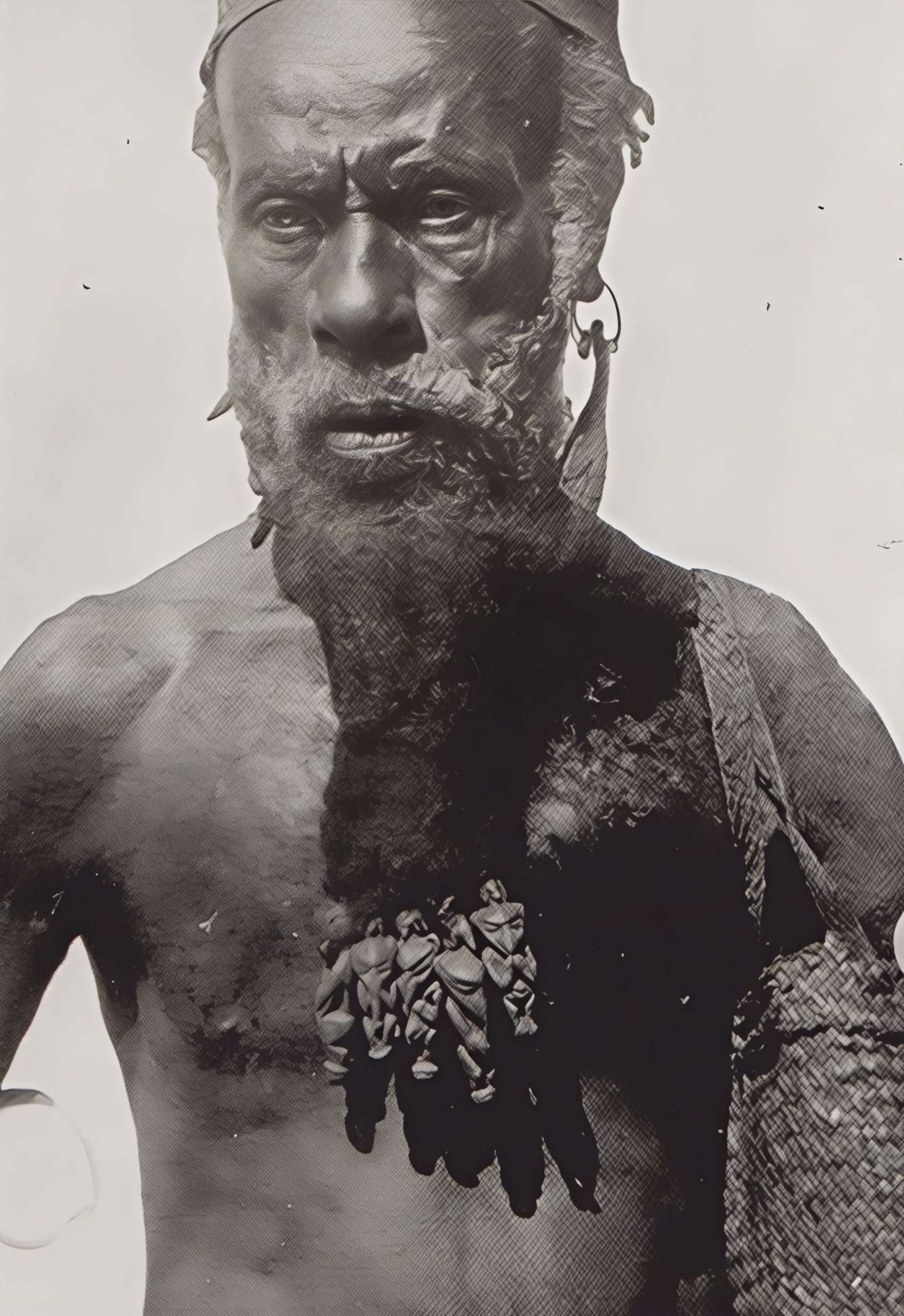
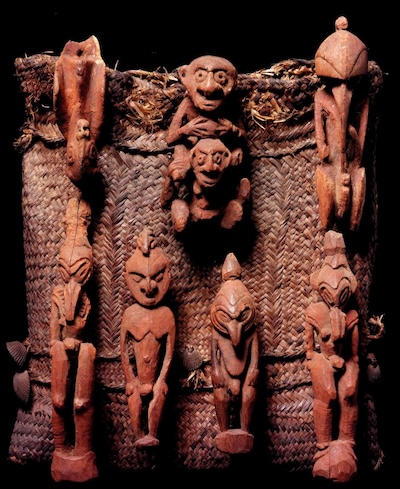
Origin Legend
The knowledge of carving kandimbong figures is attributed to the mythical ancestral brothers Andena and Dibadiba, who taught the community how to carve figures that could house ancestral spirits. This tradition is closely connected to the art of canoe building, which, according to local mythology, was taught by Nzari, an ancestral woman who imparted the knowledge of canoe building, fire, and childbirth. Nzari is also associated with stories that emphasize the importance of food and fertility, two fundamental aspects of life in the region. This mythology is reflected in the artistic representations on objects like betel-nut mortars, which often feature female figures balancing dishes on their heads, symbolizing the sharing of food and fertility.
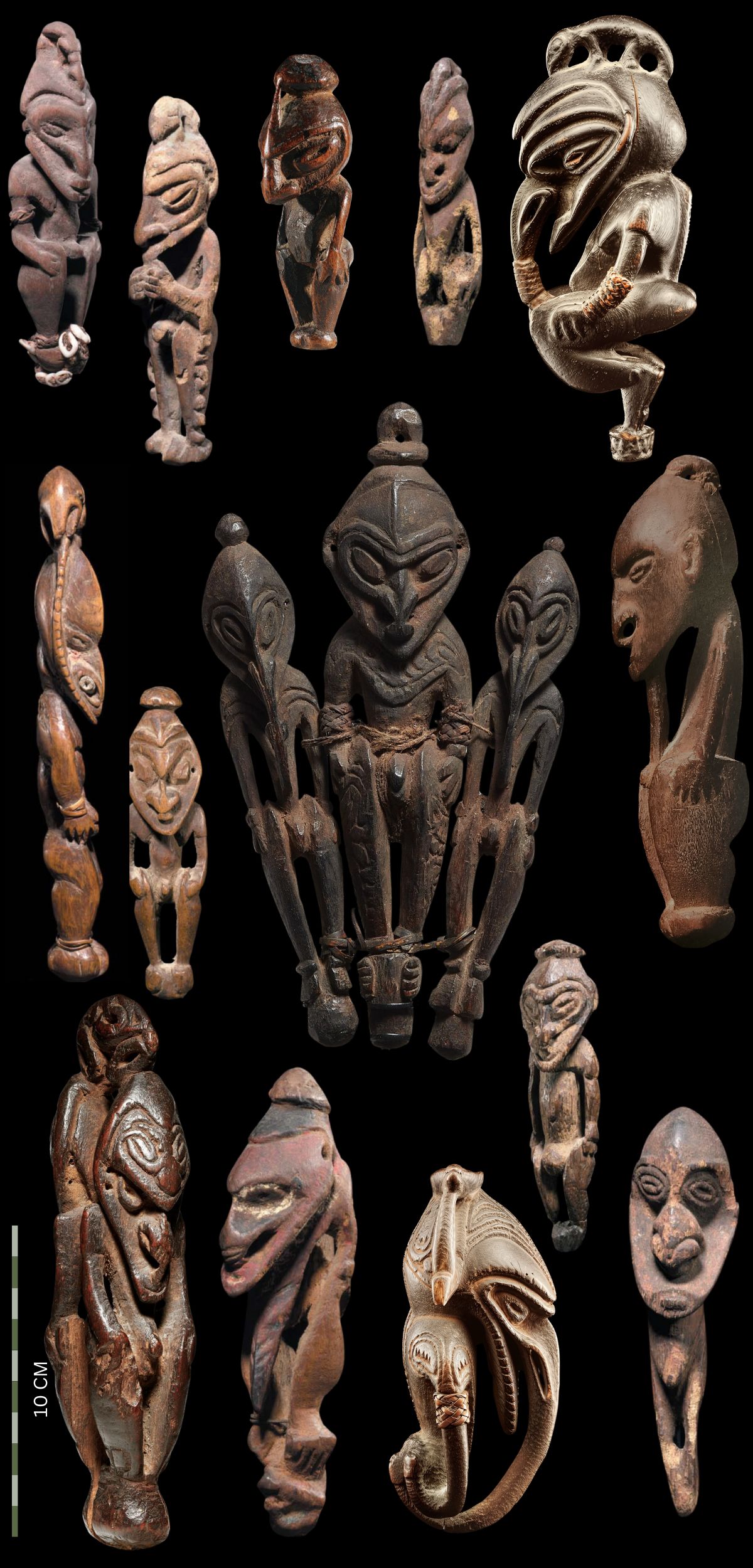
Later Versions and Fakes
The Lower Sepik has a long history of attracting Western visitors seeking carvings and Sepik Art. From early museum collectors to modern-day tourists, the demand for authentic, old pieces has always outpaced the supply. Local artisans have been crafting carvings for sale since the late 1950s and quickly realized that older pieces were highly sought after. In response, they began creating sculptures specifically to meet this demand. Carvers in Wewak, in particular, gained a reputation for producing high-quality replicas, often using photographs as references to replicate smaller pieces. Some of these reproductions have even found their way into major auction houses.
While these later works are still aesthetically pleasing and possess artistic value, they do not command the same prices as the original, authentic pieces.
I hope this article and the images have been helpfu and that buy showing what the older authentic material looks like it will help you develop a better eye.
Recommended Reading
Powerful Magic Miniature Sculptures from the Sepik River Region BRUCE FRANK PRIMITIVE ART, NEW YORK
All images in this article are for educational purposes only.
This site may contain copyrighted material the use of which was not specified by the copyright owner.
